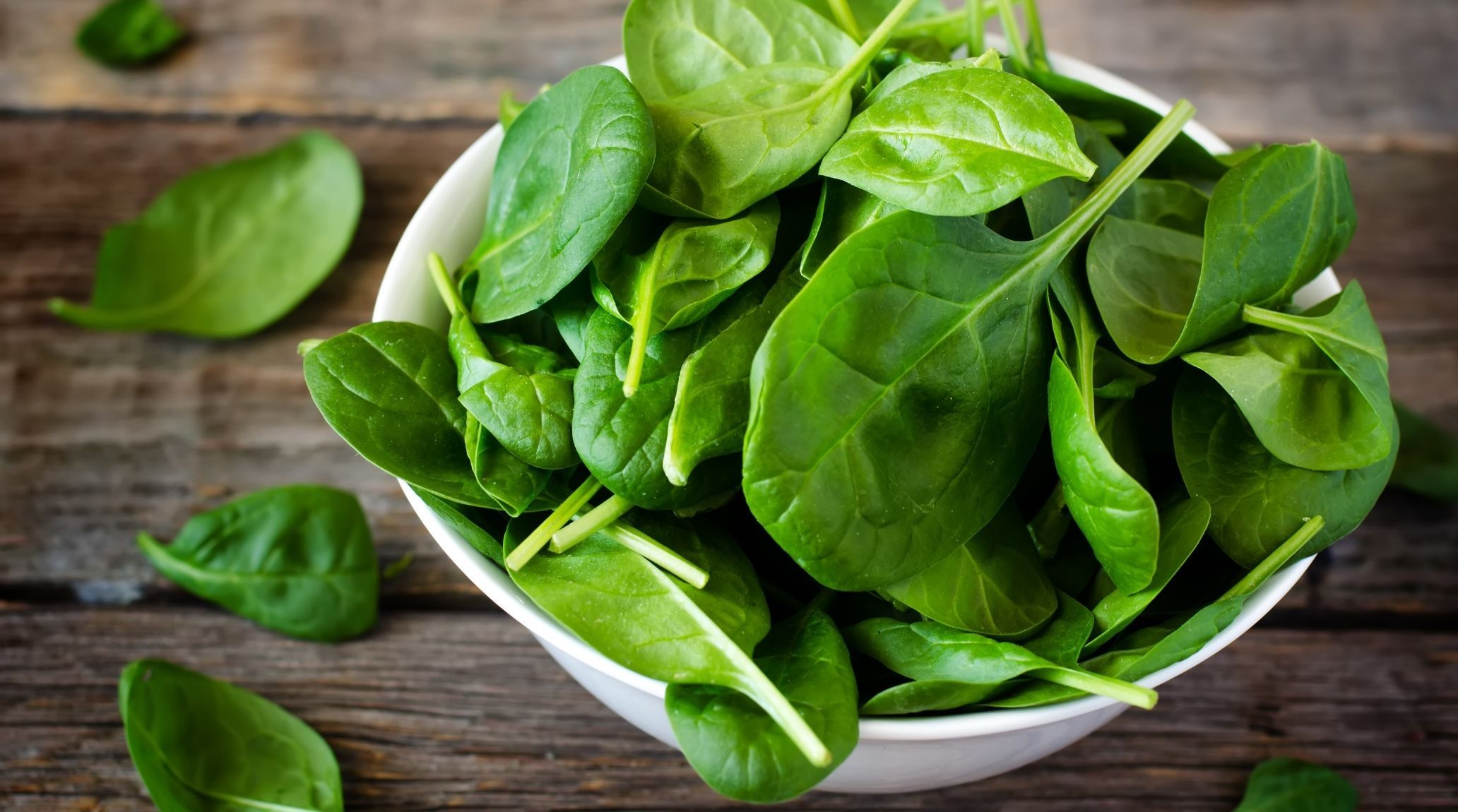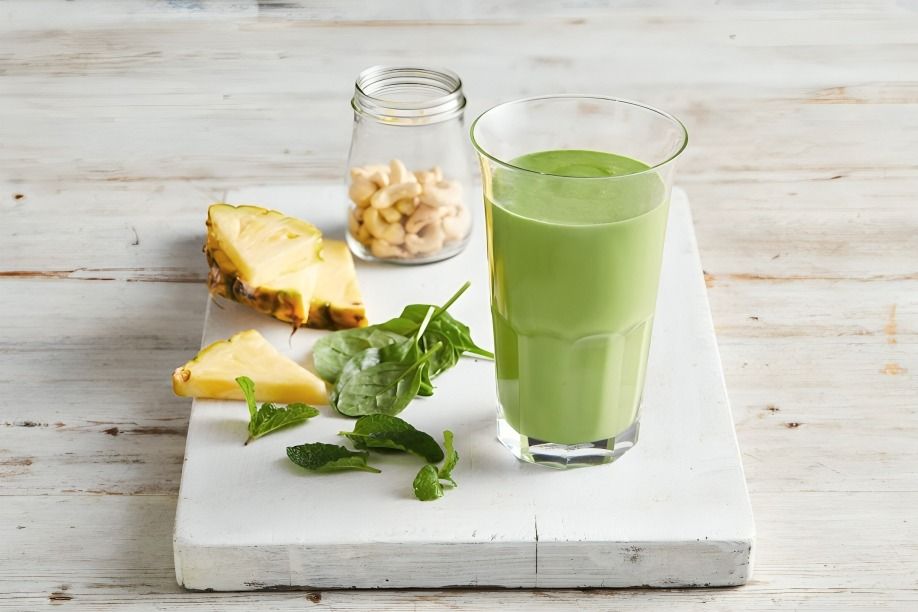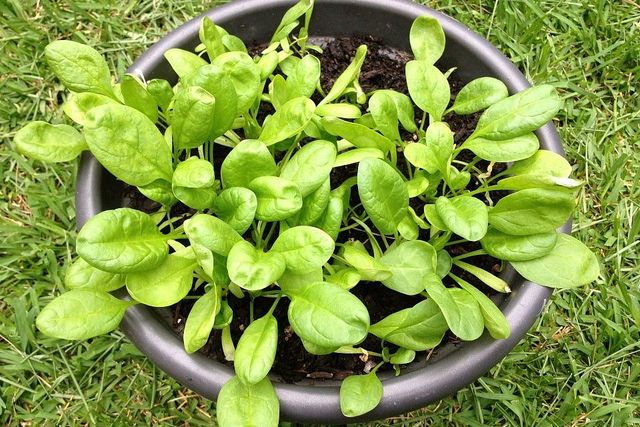
“
Often hailed as a superfood, Spinach offers more than just a vibrant green color. In this blog, we'll dive into the fantastic facts about Spinach, revealing its impressive nutritional profile and versatile uses. From its origins and historical significance to its health benefits and culinary applications, Spinach is a remarkable vegetable. Discover how this leafy green, packed with essential vitamins and minerals, supports overall wellness and enhances your diet. 1
1
1
”
Spinach (Spinacia oleracea) belongs to the Amaranthaceae family and is related to beets and quinoa. It thrives in cooler climates, growing about 30 cm tall, and its vibrant green color comes from high chlorophyll content. 1
Spinach has two main subspecies: ssp. glabra and ssp. Spinosa. Fresh, canned, and frozen varieties fall into these categories. The increasing popularity of processed spinach highlights its nutritional value and convenience. 2
Spinach contains oxalates that can bind with calcium and reduce absorption. While generally safe in moderation, individuals prone to kidney stones should limit intake to avoid excessive oxalates and potential health issues. 3

Spinach is a common ingredient in green smoothies, adding a nutrient boost without significantly altering flavor. Its mild taste blends well with fruits and vegetables, making it a convenient option to increase vegetable intake.
In medieval times, artists discovered that spinach could be used for more than just food. They extracted green pigment from spinach to make ink and paint, demonstrating the plant’s versatility and value in art. 4
Spinach can be grown year-round in various climates, thriving in cool weather. It is often grown in shaded areas to prevent bolting in warmer climates, making it suitable for spring and fall gardens. 5
Spinach supports detoxification with chlorophyll, which helps remove toxins and aids digestion. Chlorophyll also promotes gastrointestinal health, making spinach a beneficial addition to your diet for overall well-being.6

Baby spinach leaves are tender with a milder flavor than mature leaves, making them ideal for fresh salads. With its robust texture, mature spinach is typically used in cooked dishes.
Spinach was among the first vegetables successfully grown in space at the International Space Station, demonstrating its potential for future space missions and closed-environment farming and highlighting its adaptability. 7
Spinach is low in calories yet high in nutrients, making it an excellent choice for weight management. It allows the consumption of a nutrient-dense food without significantly increasing caloric intake. 8
Spinach can benefit herbivorous pets like rabbits and guinea pigs, offering essential vitamins and minerals. However, due to its oxalate content, it should be fed in moderation to avoid potential health issues like kidney stones. 9
Spinach is an excellent source of folate (vitamin B9), crucial for DNA synthesis and repair. It’s essential during pregnancy for fetal development, preventing neural tube defects, and ensuring healthy growth and development. 10
Spinach is native to Persia and was introduced to China in the 7th century. It made its way to the United States around 1806, becoming a popular and nutritious vegetable in American cuisine. 11

Spinach’s versatility makes it ideal for various dishes, including salads, soups, smoothies, and omelets. Its mild flavor and tender texture complement many foods and cooking styles, enhancing taste and nutrition.
Spinach is a critical agricultural crop with major producers like the United States, China, and India. It supports local economies and international trade, being a staple in numerous global cuisines. 12
Spinach can benefit soil health through crop rotation. Its deep roots help aerate the soil and reduce erosion, contributing to sustainable agriculture and improving soil conditions for future crops. 13
California is the top spinach producer in the U.S., thanks to its ideal climate and soil conditions. The state’s year-round growing capability significantly contributes to the national spinach supply. 14
Cucumbers are famous for their high water content, but spinach is also quite hydrating. Raw spinach comprises 91% water, just 5% less than cucumbers, highlighting its impressive moisture levels. 15
Spinach comes in various types, including Savoy (crinkled leaves), Flat-leaf (smooth leaves), and Semi-Savoy (slightly crinkled leaves). Each variety offers different textures and flavors suited to various culinary uses. 16
Spinach is rich in essential nutrients like vitamin A for vision, vitamin C for immunity, and vitamin K for bone health. It also provides iron for oxygen transport and magnesium for muscle function, with antioxidants for overall well-being. 17


